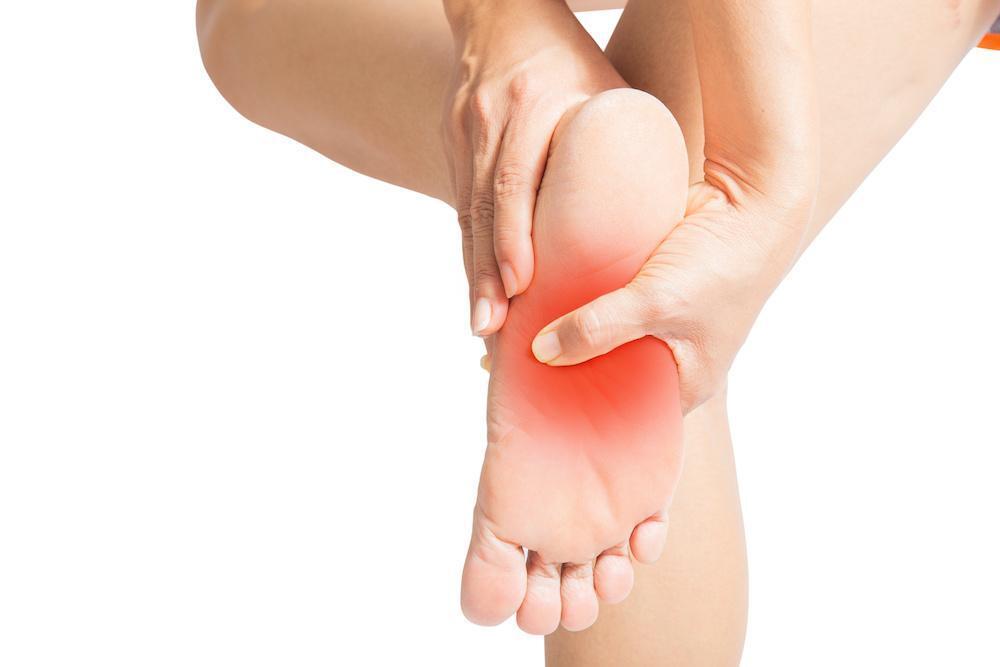Unlocking Relief: The Comprehensive Benefits of Hyperbaric Oxygen Therapy for Peripheral Neuropathy

Peripheral neuropathy, a condition characterized by damage to the nerves outside the brain and spinal cord, affects millions worldwide, leading to symptoms such as pain, tingling, and weakness. Hyperbaric Oxygen Therapy (HBOT) is emerging as a promising modality in managing peripheral neuropathy, offering a multifaceted approach to address its complexities.
Understanding Peripheral Neuropathy: Peripheral neuropathy results from various causes, including diabetes, chemotherapy, and trauma. It involves nerve damage that disrupts communication between the peripheral nervous system and the central nervous system. This disruption manifests in diverse symptoms, impacting the quality of life for those affected.
Mechanism of Hyperbaric Oxygen Therapy: HBOT involves breathing pure oxygen in a pressurized chamber, significantly increasing oxygen levels in the bloodstream. This intensified oxygen delivery is critical for nerve repair and regeneration. The therapy addresses the ischemia often associated with peripheral neuropathy, promoting healing and reducing inflammation.
1. Enhanced Nerve Repair: Increased oxygen availability supports the repair and regeneration of damaged nerves. HBOT fosters neuroplasticity, aiding in the restoration of nerve function and mitigating symptoms associated with peripheral neuropathy.
2. Reduction of Inflammation: Chronic inflammation is a hallmark of peripheral neuropathy. HBOT exhibits anti-inflammatory effects, suppressing inflammatory pathways and providing relief from pain and discomfort associated with neuropathic conditions.
3. Improved Blood Flow: HBOT promotes angiogenesis, the formation of new blood vessels, enhancing blood flow to affected nerves. Improved circulation facilitates nutrient delivery, aiding in the healing process and mitigating symptoms.
4. Alleviation of Neuropathic Pain: One of the most debilitating aspects of peripheral neuropathy is neuropathic pain. HBOT has shown promise in reducing pain intensity and frequency, offering patients a potential reprieve from the persistent discomfort associated with the condition.
5. Adjunctive Therapy for Diabetic Neuropathy: For individuals with diabetic neuropathy, HBOT serves as an adjunctive therapy to standard diabetic care. By addressing the underlying microvascular complications, HBOT contributes to comprehensive management.
6. Neuroprotective Effects: HBOT exhibits neuroprotective properties, shielding nerves from further damage. This aspect is particularly relevant in neuropathies induced by chemotherapy or traumatic injuries, where preventing ongoing nerve deterioration is crucial.
Challenges and Considerations: While HBOT holds promise for peripheral neuropathy, it's essential to acknowledge the need for further research and individualized treatment plans. Patient response may vary, and optimal treatment protocols should be determined in consultation with healthcare professionals.
Conclusion: Hyperbaric Oxygen Therapy emerges as a valuable and comprehensive tool in the management of peripheral neuropathy. Its ability to enhance nerve repair, reduce inflammation, and alleviate neuropathic pain positions it as a promising adjunct to conventional therapies. As ongoing research unveils new insights, HBOT's role in improving the quality of life for those with peripheral neuropathy becomes increasingly significant.